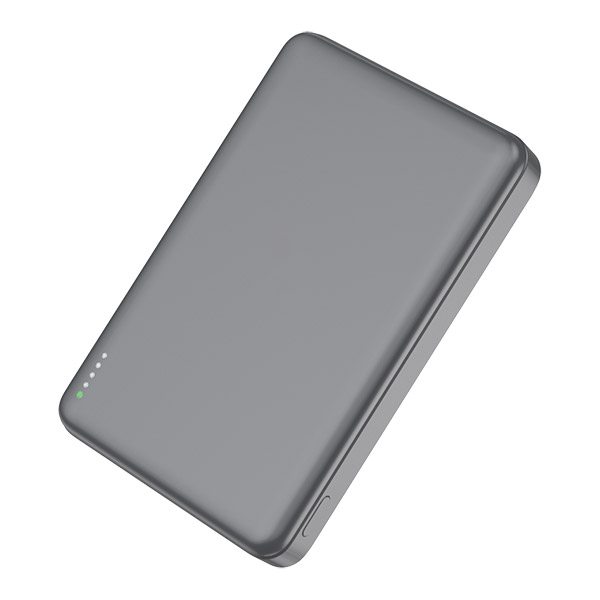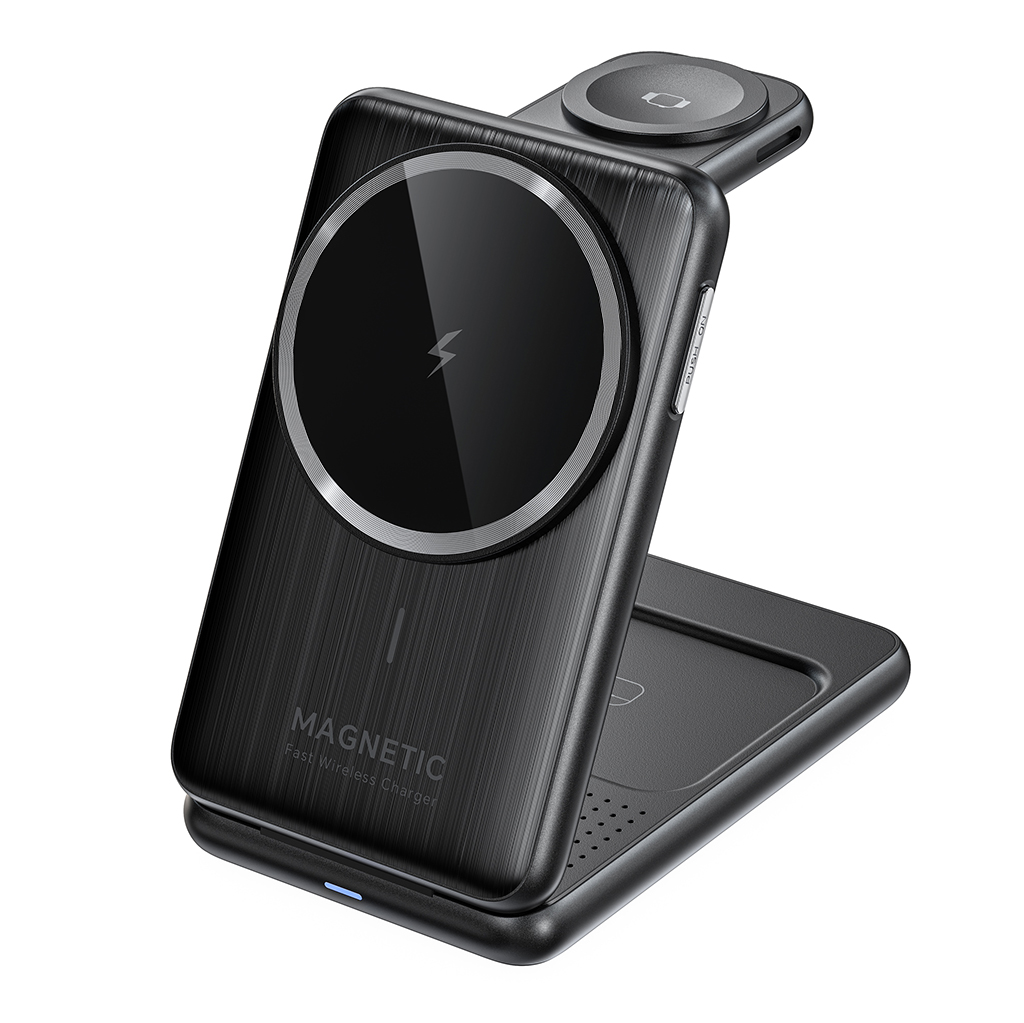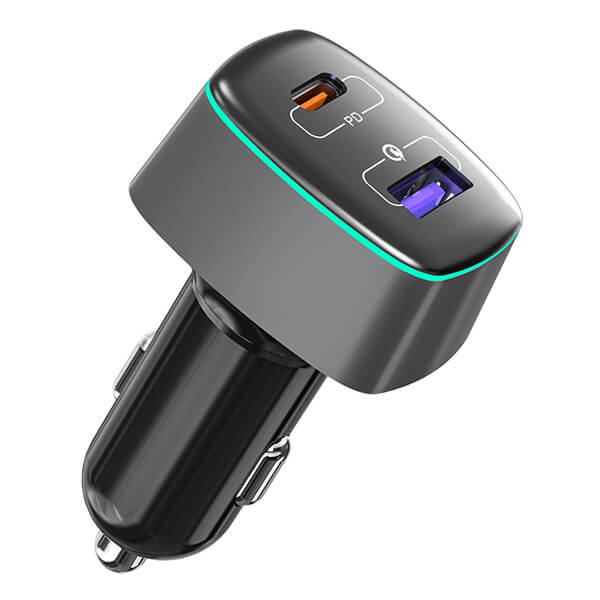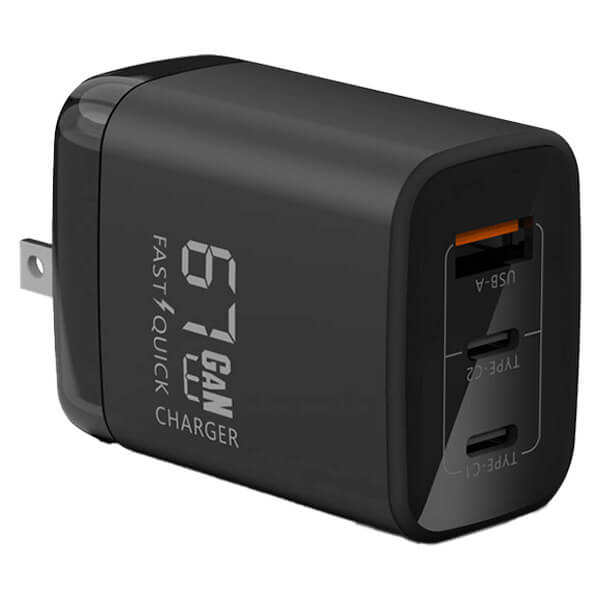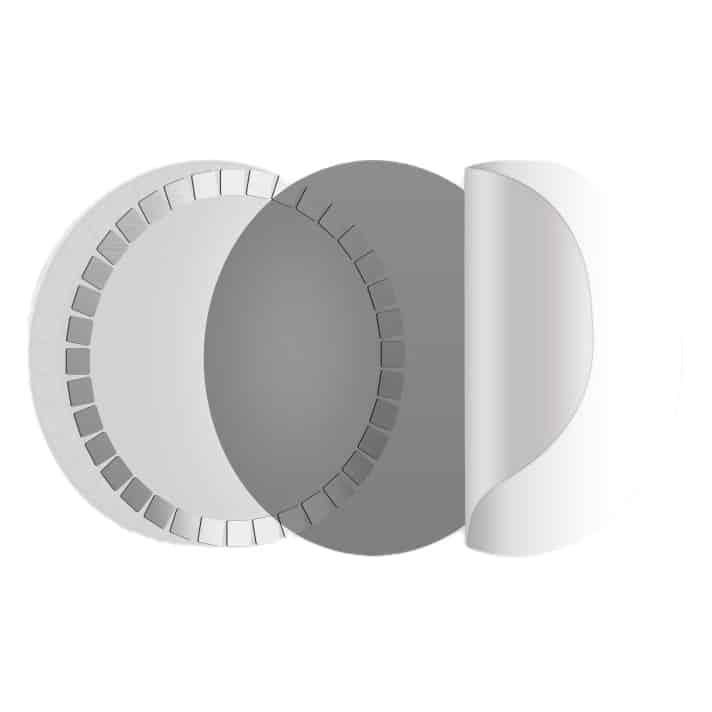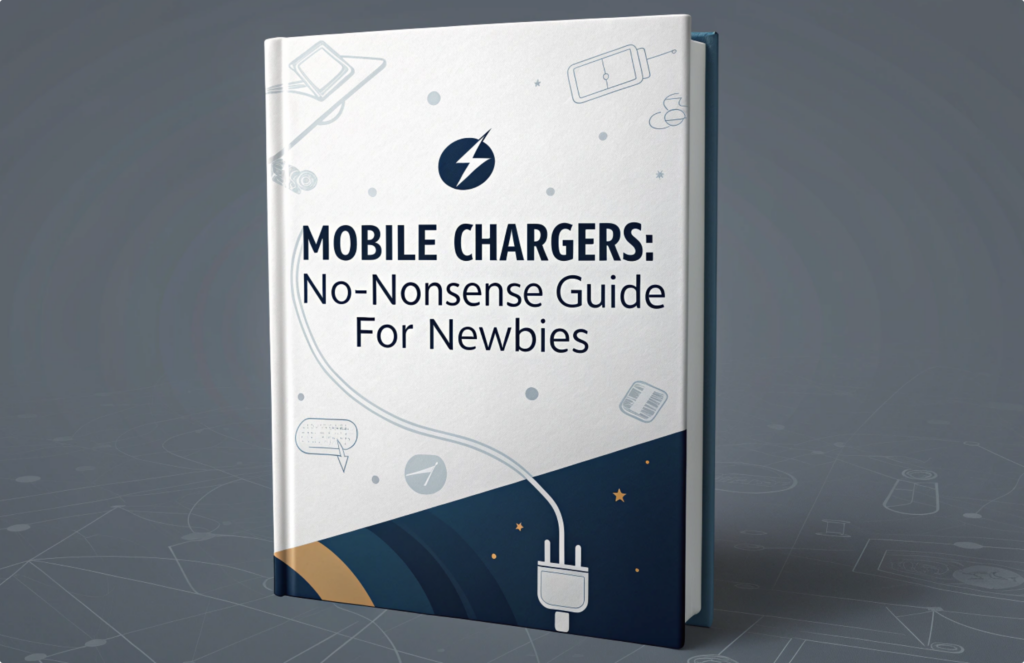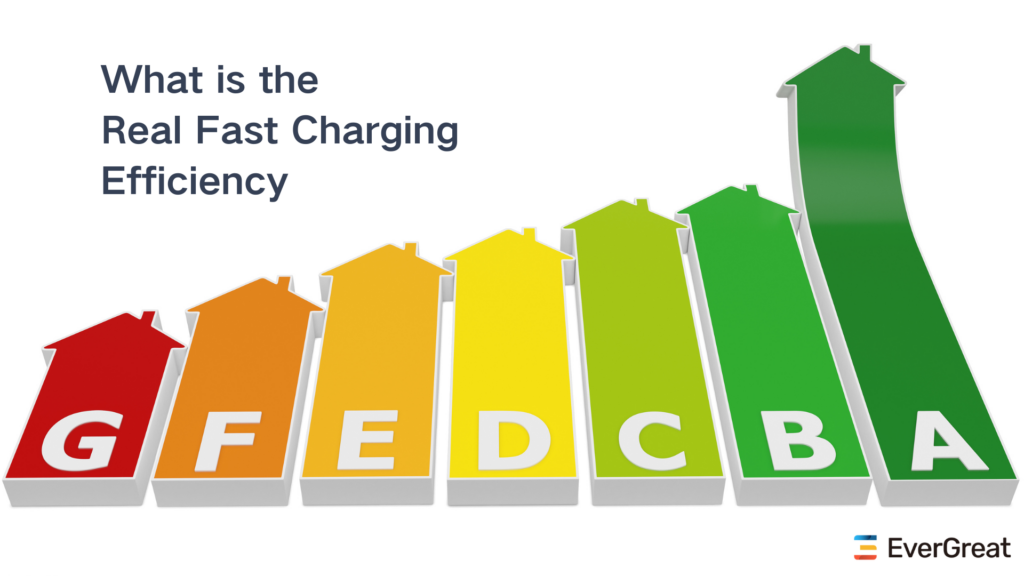
Have you ever encountered such a situation: you bought a 10,000mAh power bank, but it can only charge your phone 1.5 times? Do you feel cheated? In fact, this is a common phenomenon in the industry, not a false label. So why is the actual capacity of the power bank much lower than the nominal value? Here, I will simply share with you the "secret" of this industry:
Why is the actual available capacity of the power bank lower than the nominal value?
🔹 The rated voltage of the lithium battery is 3.7V, but it needs to be boosted to 5V when charging, which will cause energy loss.
🔹 There will be circuit loss during the charging and discharging process, and the conversion efficiency is generally 85%-90%.
🔹 The input voltage of different devices is different, which affects the final available power.
How to calculate the actual available capacity of the power bank?
✅ Calculation formula:
Actual available capacity ≈ nominal capacity × 3.7V / 5V × conversion efficiency
For example:
10,000mAh power bank, assuming the conversion efficiency is 90%, the actual available capacity is:
10000 × 3.7 / 5 × 0.9 ≈ 6660mAh
How to choose a power bank with a high conversion rate?
✅ Choose a high-quality circuit solution, and a chip from a large manufacturer.
✅ Look at the conversion rate parameters of the power bank. Regular manufacturers will indicate the conversion efficiency (generally 80%\~90%).
✅ Try to avoid excessive high-rate discharge to reduce energy loss.
Conclusion
The actual available power of the power bank is usually between 60%-75% of the nominal value, which is a normal phenomenon in the industry. Knowing this knowledge, I hope it can help you reasonably evaluate the performance of the power bank and avoid unnecessary misunderstandings.

